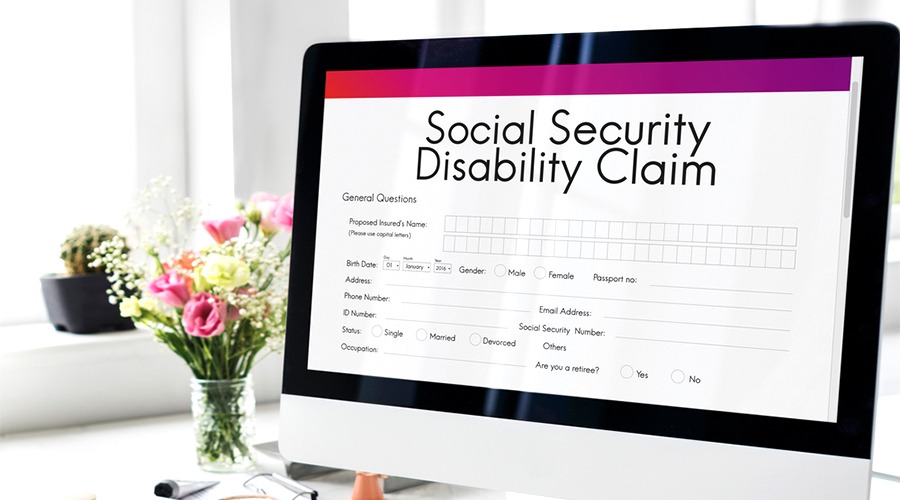The Social Security Administration is not the only available source of disability insurance. Private pay disability policies can be purchased from most insurance companies. Many employers include disability insurance policies in their benefits packages for workers. All these disability policies, those provided by private insurance companies, and the Social Security Disability program have an “elimination period.”
In this blog post, we’ll explain what an elimination period is, why is it included in the policy, and how the elimination period can affect your financial situation.
What’s an Elimination Period?
An elimination period in a disability insurance policy is a waiting period during which no benefits will be paid even though the person insured is disabled. There are many types of disability policies, and each one has a waiting period that begins to run when your disability begins and ends after the designated waiting period expires.
How Is the Length of an Elimination Period Set?
Elimination periods vary in length from one policy to another. Short-term individual disability insurance policies are designed to pay a disabled policyholder during a “short-term” disability. Therefore, the policy is written with a modest elimination period, typically 7 days. In some rare cases, the elimination period can be significantly longer, even on a short-term disability policy.
What’s the Purpose of Disability Insurance Elimination Period?
Insurance companies include elimination periods as basic terms in their disability policies to avoid claims being filed by policyholders whose disability will resolve relatively quickly. Except for short-term policies, most disability policies are not intended to pay benefits when a worker is out sick for a very short period of time.
The elimination period is usually set in proportion to the size of the potential benefit payout and the cost of the premium. Generally, the shorter the waiting period, the higher the premium. This is so because the earlier triggering of benefit payments will not be extended by the company without a balancing of risk and benefit. If the company is going to be paying a disability claim after only a short waiting period, then it is probably going to want to offset that risk by charging a higher premium.
By the same token, if a policy has an exceptionally long elimination period, perhaps a year, then the premiums should be correspondingly lower. The risk of paying any benefits to the policyholder is reduced because the company would only pay benefits for a disability lasting more than a year, possibly a permanent disability. Less severe illness or injury would probably resolve before the company’s elimination period lapsed.
Short-term disability policies include the elimination period of only a week because the policy is designed to pay benefits for weeks-long illnesses and injuries. Even these short-term disability policies are not intended to invite disability claims after only a day or two of an illness.
Starting Your Elimination Period As Early As Possible
If your disability policy has a 6-month elimination or waiting period before you become eligible to receive benefit payments, you will want to begin counting those 6 months on the earliest possible date.
It’s very important for medical records to confirm the date when your disability actually began. If your disability claim is based on a herniated disc preventing you from working, but you waited four weeks to seek medical attention, your disability insurance company would probably not want to begin your elimination period until the date you saw the doctor.
Of course, if other objective evidence exists to validate the earlier onset of your disability, you could overcome the company’s hesitance to accept your claimed start date. But there are few things more convincing to an insurer than medical records in which a doctor or other healthcare provider noted the presence of the disability and recorded objective findings.
The lesson is to seek medical attention for your disabling injury or illness immediately, so your elimination period begins without delay.
Avoid Repeating Elimination Periods
Once your elimination period starts to run, if during the waiting period you begin to feel like you might be able to return to work, going back to work is risking restarting the disability policy waiting period. If your policy has a 6-month elimination period and you attempt to go back to work after 4 months, only to find that you couldn’t continue after two days of effort, then your disability insurer will probably count that as the start of a new elimination period. It’s unfortunate that such a situation discourages people from trying to work. An unsuccessful return to work in the example we used to cost the disabled worker an extra 4 months of waiting to receive benefits.
Social Security Disability Also Has a Waiting Period
Individual disability insurance policies are the same as Social Security Disability in their use of elimination periods. Even if an SSD applicant is granted disability benefits, any back benefits they do receive will only begin after a 6-month waiting period from the onset date of the disability.
Liner Legal Disability Law Office Can Help With All Your Disability Issues
Our entire team of experienced disability lawyers devotes their entire legal practice to helping disabled people get the disability benefits they deserve. Whether you need a Social Security Disability lawyer or an attorney with extensive experience working with individual disability policies, Liner Legal Disability Lawyers wants to help you and your family receive the benefits to which you are entitled.







